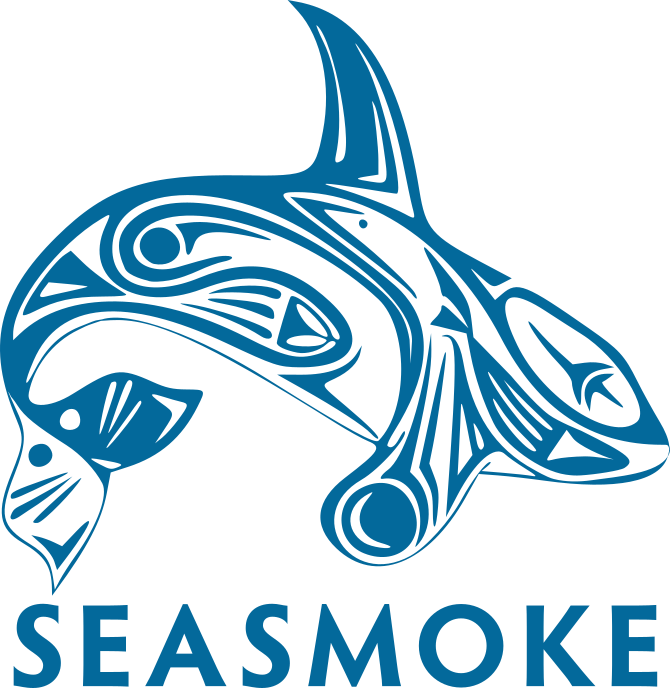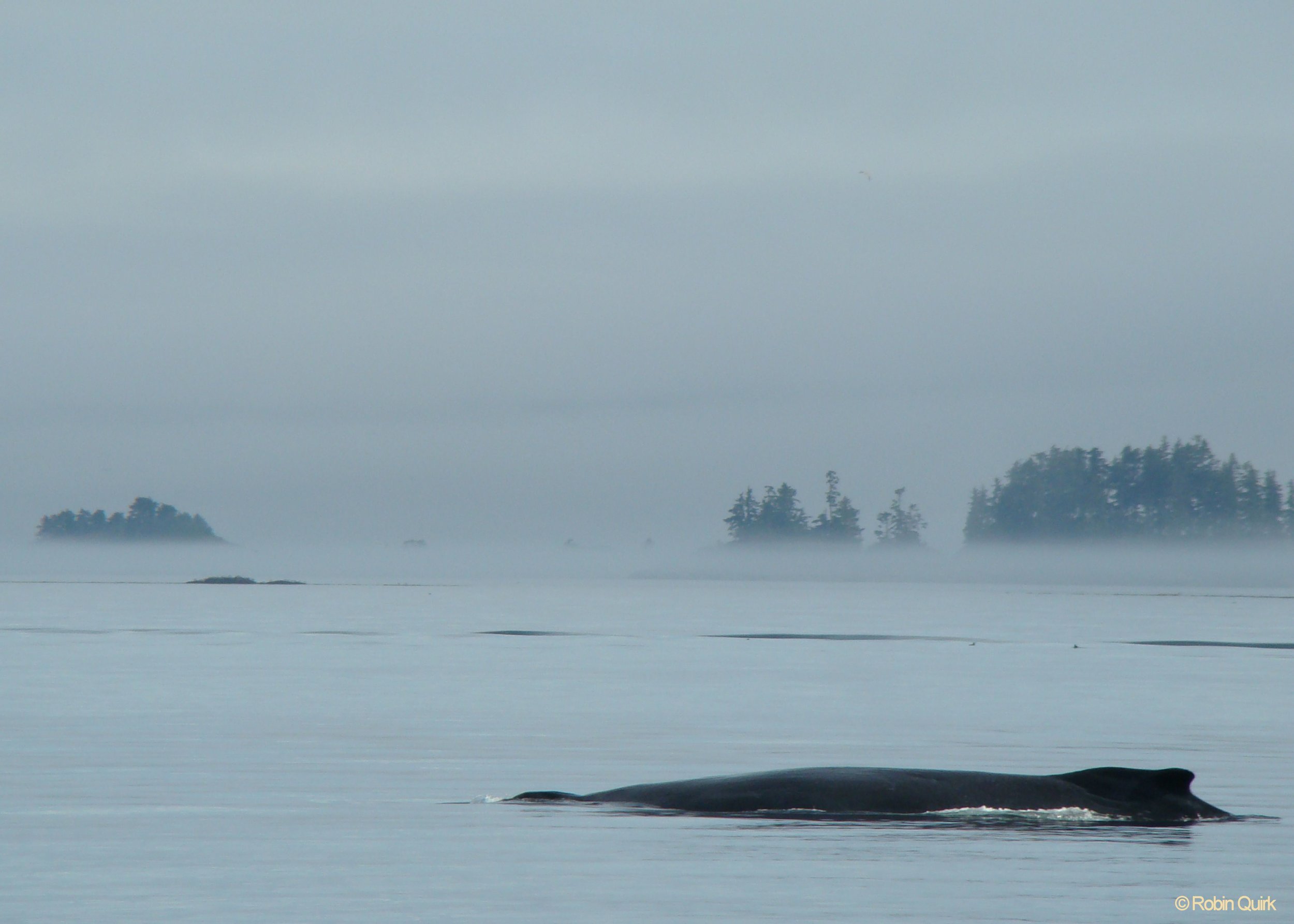Frequently Asked Questions
(Click item to see response)
Our float suits are in ADULT MEN'S sizes from XS to XXL. They will fit most youth and adults. They DO NOT fit most children. Most children under 12 will require you to dress them in warm, water- and wind-proof layers. We will provide a lifejacket. You must include their age and weight in the booking information. For youth and adults, if you are unsure, please choose a size larger. It's better to have the suit a bit too big than too small. Please note that they fit snugly on the body and chest area, so women or larger men may need to size up.
We seldom get spray coming over the boat unless it is very windy and the seas are choppy. Rain can occur at any time so we do recommend people bring a dry bag or a simple plastic bag to keep the rain off.
We suggest you wear sunscreen, bring a warm hat (sun hat if it's sunny) and sunglasses. Having a warm hat and gloves is advisable in case the weather changes. Binoculars are handy to have a close look at some of the wildlife and to help spot whales!
We have a marine toilet in an enclosed space underneath the driving console. It is easy to use and has enough standing room for the average height. It is not spacious but certainly does the trick.
Our vessel is certified to take 12 passengers. This does not include the skipper and naturalist. We typically limit tours to 11 guests in order to maximize space on board. There is plenty of room to stand and walk around the boat when the boat is stationary.
We are Transport Canada certified which means we do have to wear some kind of floatation device. Due to the open boat arrangement and the speed which we can travel, we provide floatation suits. They really add to the comfort of our guests especially when the weather is rainy or cold. They also make for a fabulous photo to keep as a memento of your trip.
The movement of wildlife is influenced more by tides and currents than by time of day. Orcas in particular can cover large distances in a short amount of time. Mornings tend to have less wind but can be foggier, while afternoons tend to be clear but can be a bit windier.
Our season typically starts mid-June and ends late September. Exact dates vary year-to-year.
In the area we operate our most common sighting is humpback whales. Northern resident killer whales typically arrive in the area in early July and stay until early September. When they are here we see them most days. Biggs killer whales can be in the area any day of the year. We occasionally spot minke whales and often see smaller cetaceans like Dalls porpoises and Pacific white-sided dolphins.
This area is well known for the diversity of wildlife. In addition to the several species of cetaceans, we also have a number of other marine mammals which include seals, sea lions, and sea otters. This area is also home to many species of birds including bald eagles, great blue herons, marbled murrelets, cormorants, pigeon guillemots, rhinocerous aucklets, common murres, phalaropes, and many more. It truly is a birding paradise.
Following the migrating salmon, which are the main food source for resident orca, they are historically seen in this area from mid-July through to October. At times they can travel 100+ miles out of our range so there is the occasional day that orcas are not seen during the summer. Biggs orca can be here any day of the year. We work together and communicate with other wildlife viewing boats to share sightings, so if they are in the area we will do our best to see them.
Our office is located at 60 Fir Street in Alert Bay, street level at the Seine Boat Inn. Turn right when coming off the ferry and walk or drive 150 metres along the waterfront.
Alert Bay is situated on Cormorant Island and is accessible by car ferry from Port McNeill. Port McNeill is two hours north of Campbell River. The ferry leaves Port McNeill heading to Alert Bay approximately every three hours starting at 8:25 or 8:40 am and ending at 10:35 pm. During the summer the ferry can be busy so we recommend getting in the ferry car line up early. This route is not reservable.
Alert Bay is worth visiting for at least a day or two. It is a small enough island that you are able to walk everywhere so a car is not necessary, although we do have some steep hills. It is rich in Indigenous culture. Check out the world’s tallest totem pole, view the poles in the 'Namgis burial ground, or enjoy a performance of traditional dance from the T'sasala Cultural Group. The highlight of visiting Alert Bay is the U’mista Cultural Centre, a world-class facility to learn about local Indigenous culture, as well as the friendly locals who call this place home. A network of easy trails criss-cross the island, taking you through old-growth forests, boardwalks through a bog, and quiet beaches. We have all facilities required to make you comfortable. This includes a variety of accomodations, a grocery store, hardware store, restaurants, bank, post office, library and information center.

